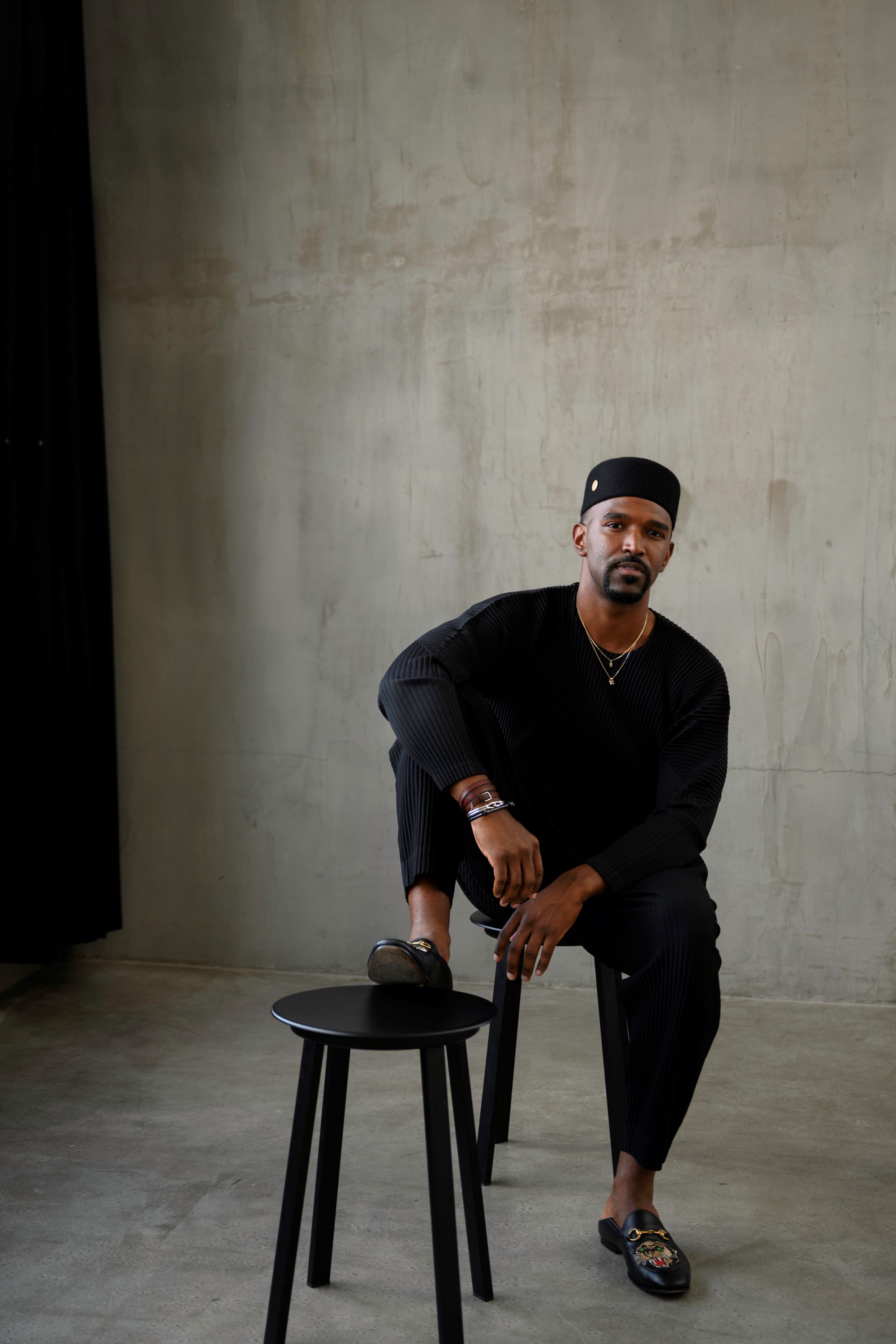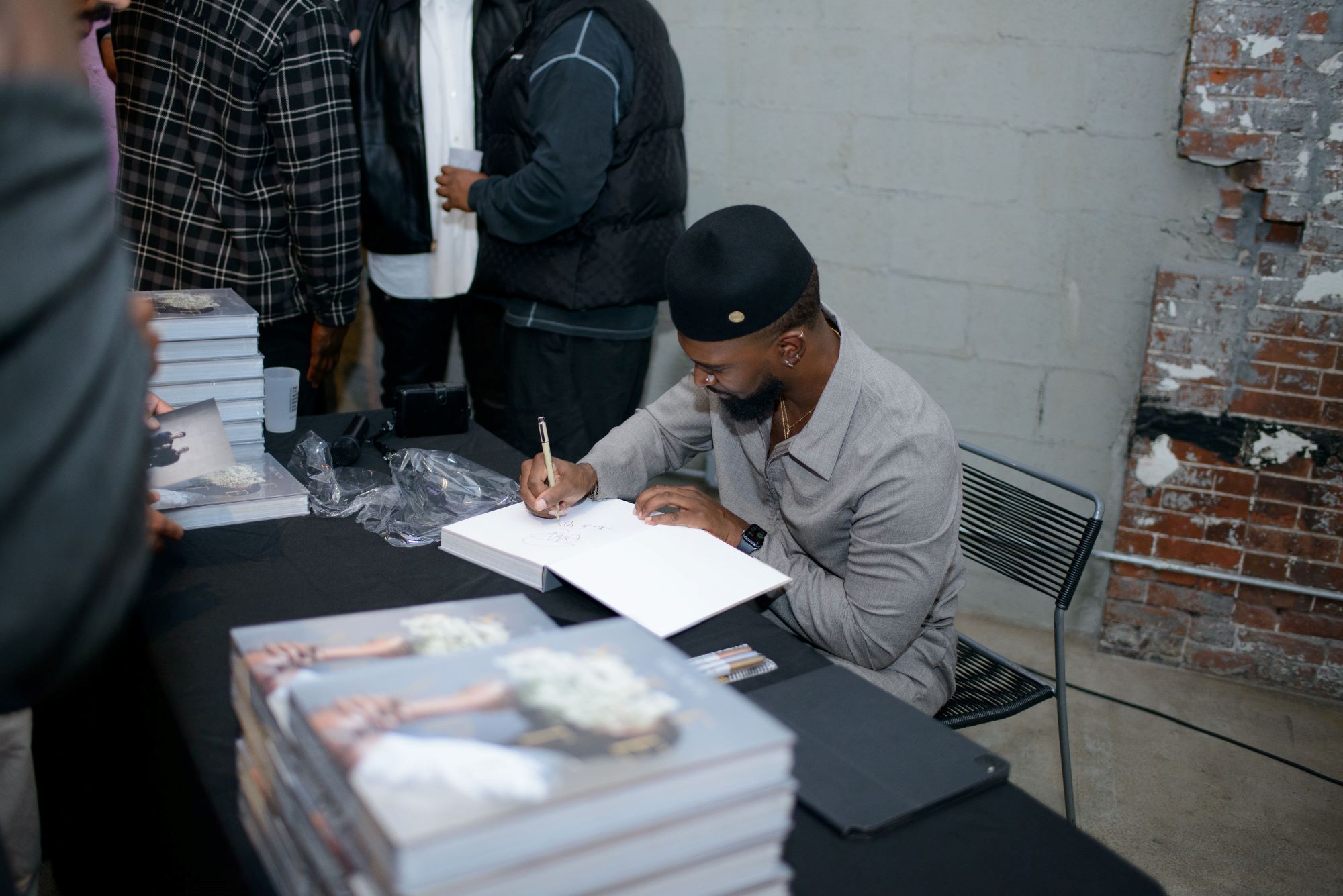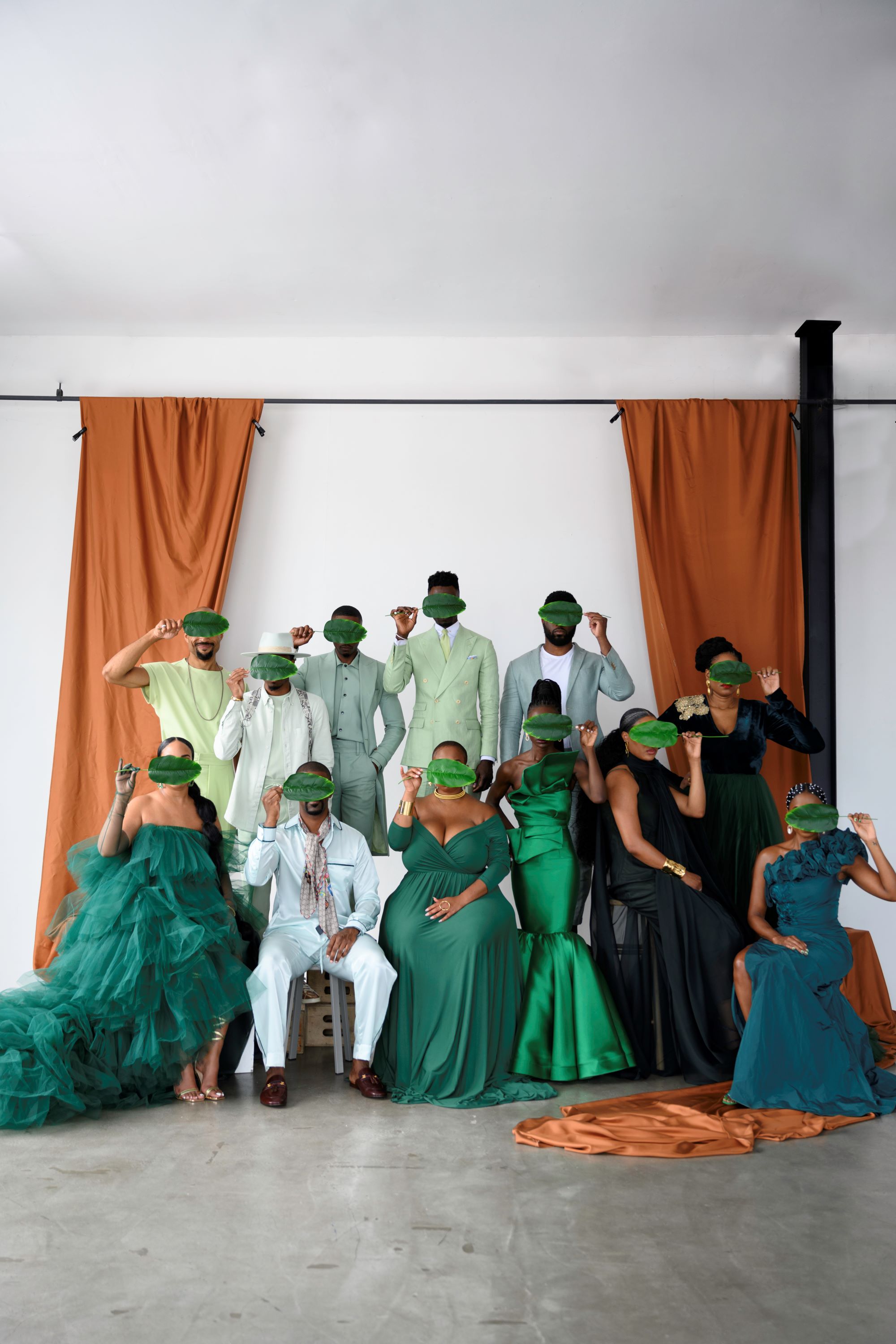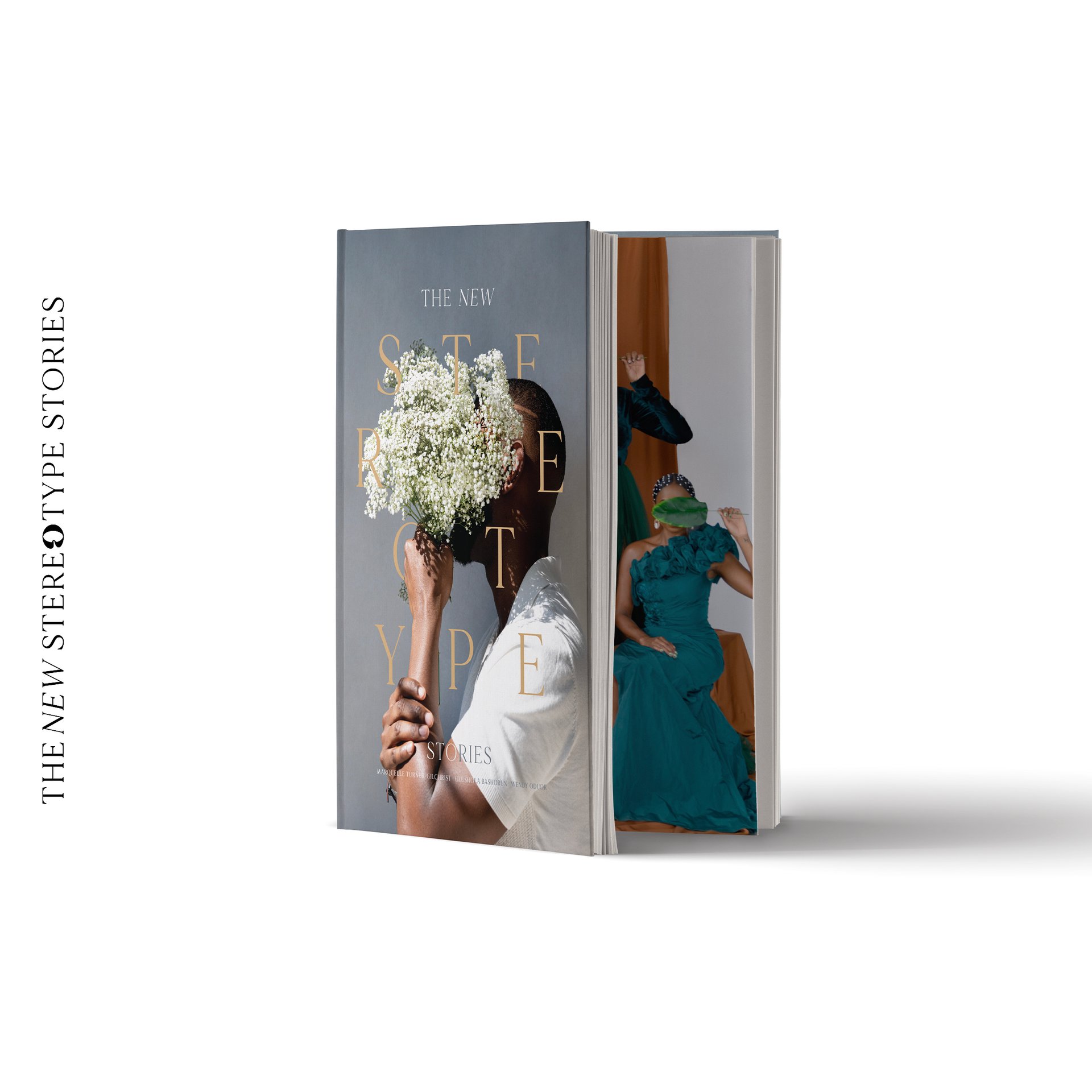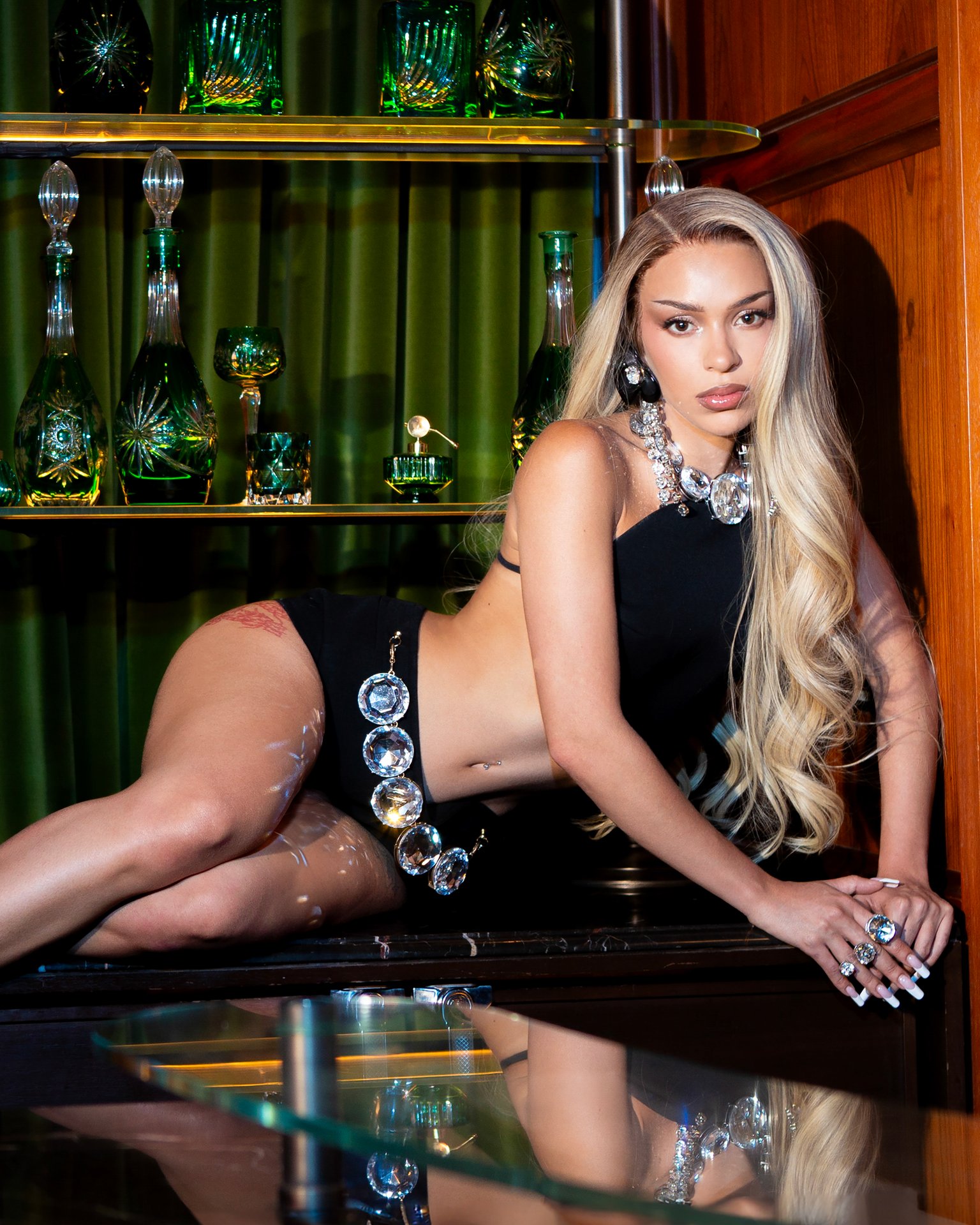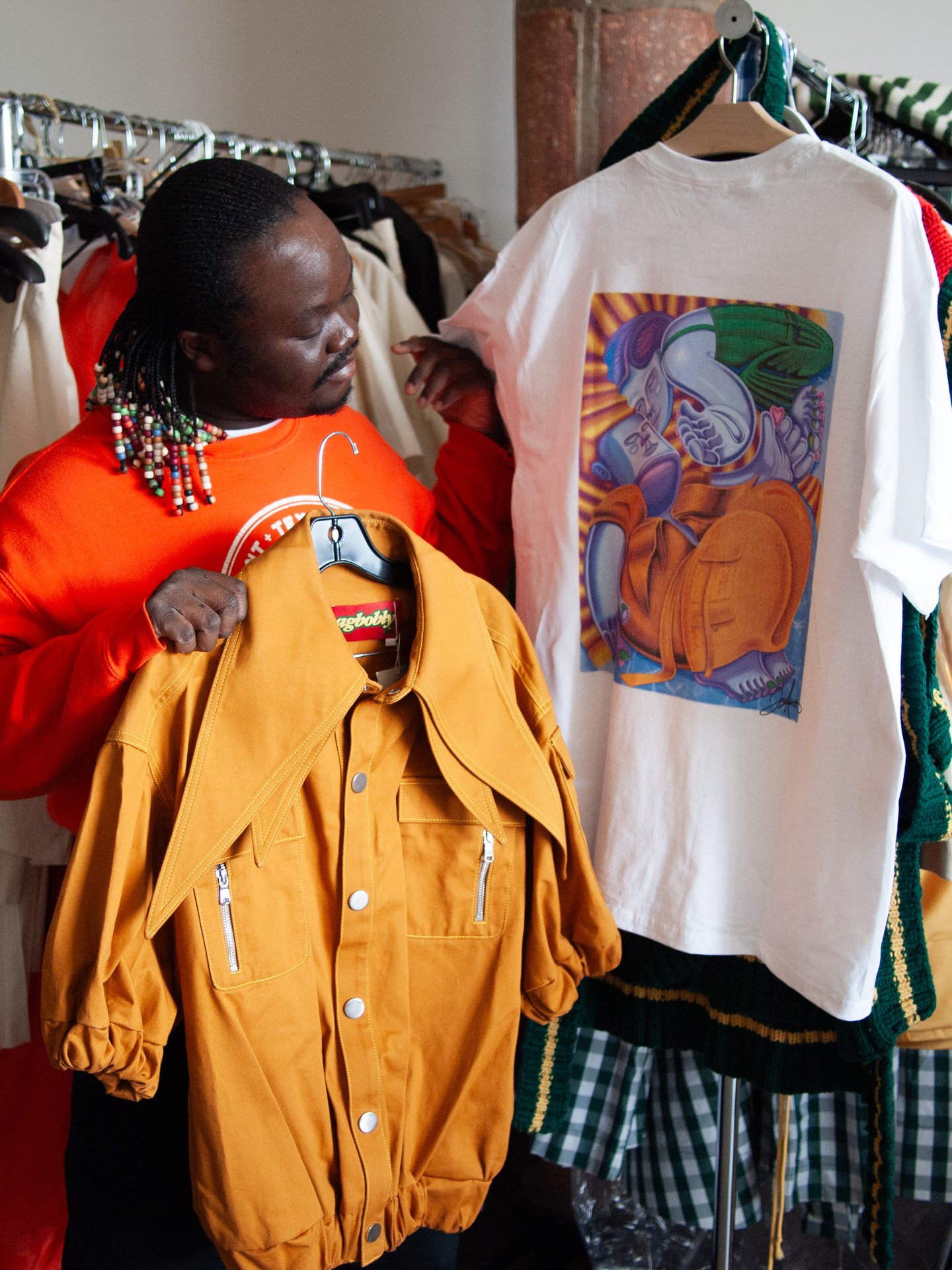Could you shed light on the circumstances or experiences that facilitated your direct transition from completing your education to securing a role at Hugo Boss, bypassing the conventional route of gaining experience through internships and entry-level positions typically associated with becoming an assistant buyer?
It’s true, breaking into the fashion industry typically requires years of internships and climbing the ladder. I count myself incredibly fortunate that my career took off without following that traditional path.
LinkedIn played a pivotal role in my career journey. Back in 2013, I reached out to Black professionals in the industry for guidance, and Kenny Anderson, then the vice president of merchandising at Hugo Boss, responded. This started a meaningful professional relationship. When I moved to NYC in October 2014 and struggled to find my footing, I reached out to him again. We met months later at Cafeteria, a significant spot for me, marking a turning point. Kenny has since become one of my mentors, offering invaluable guidance and support that has been instrumental in my career development.
During that meeting, Kenny asked about my preferences—product or numbers. When I expressed my inclination towards product, he mentioned two roles I was interested in and offered to arrange an interview. I interviewed with the senior buyer of Clothing Dress Furnishings and then with the divisional merchandising manager, before being offered the role. Despite the steep learning curve, they took a chance on me, and the rest is history.
Your professional experiences in countries such as France, Italy, Qatar, and Turkey undoubtedly provided you with invaluable exposure to diverse cultural nuances within the luxury and fashion industry. How do you perceive this exposure has influenced your perspective on luxury and fashion, particularly concerning your ability to cater to a wide array of consumer preferences and expectations?
Honestly, what truly prepared me for the challenges ahead was my graduate school education. The unique structure of my program split my time between the United States and the south of France, offering an immersive international experience. While my French fluency was limited, the program was conducted in English, allowing me to adapt and improve my language skills significantly over time.
Skema, the school I attended in France, welcomed students from diverse backgrounds, including local French students who joined us for the first semester in the U.S. Collaborating with peers from various countries exposed me to different cultural expectations, communication styles, and working norms. Traveling together and engaging in projects further broadened my perspective, highlighting the importance of language sensitivity and the impact of word choices on interpersonal dynamics.
Working from Sunday through Thursday in Doha in contrast to the Monday-to-Friday schedule I was accustomed to in the U.S. underscored the diverse cultural signatures attached to days of the week. These experiences, coupled with my education, equipped me with invaluable skills for navigating diverse time zones, cultures, and corporate environments firsthand.
Looking back on your tenure at Gucci, where you spearheaded the men’s ready-to-wear strategy for the United States and Canada, what were some of the unexpected lessons you acquired during that pivotal phase of your career?
Gucci was undoubtedly the most rigorous company I’ve worked for, speaking candidly. Renowned for its success and well-oiled machinery, the culture of excellence permeated every aspect of merchandising, where proficiency and efficiency were paramount. Gucci taught me the importance of preparation and the art of storytelling—a skill essential for navigating the brand’s powerful narrative, particularly during the era of Alessandro Michele.
In your capacity as the founder of Atelier Lenora, a consulting firm positioned at the nexus of creativity and commerce, how do you maintain equilibrium between your unwavering confidence in your vision and the continual strategic deliberations necessary to guide the company forward?
Lenora, my mother’s middle name, holds special significance for me. Becoming an entrepreneur was never part of my original plan. I was content with a traditional job. Prior to relocating to Los Angeles, I served as the head of special projects and partner success at a retail innovation firm. My role encompassed two key responsibilities: devising strategies to support partner brands in our retail space and spearheading special projects aimed at driving innovation and sales. Drawing on my experience and the guidance of a friend named Austin Thach, who taught me the importance of keeping overhead costs low, I felt empowered to take a chance on entrepreneurship. Confident in my abilities and determined not to let myself fail; I poured my energy into creating something meaningful—something that bears my mother’s name.
